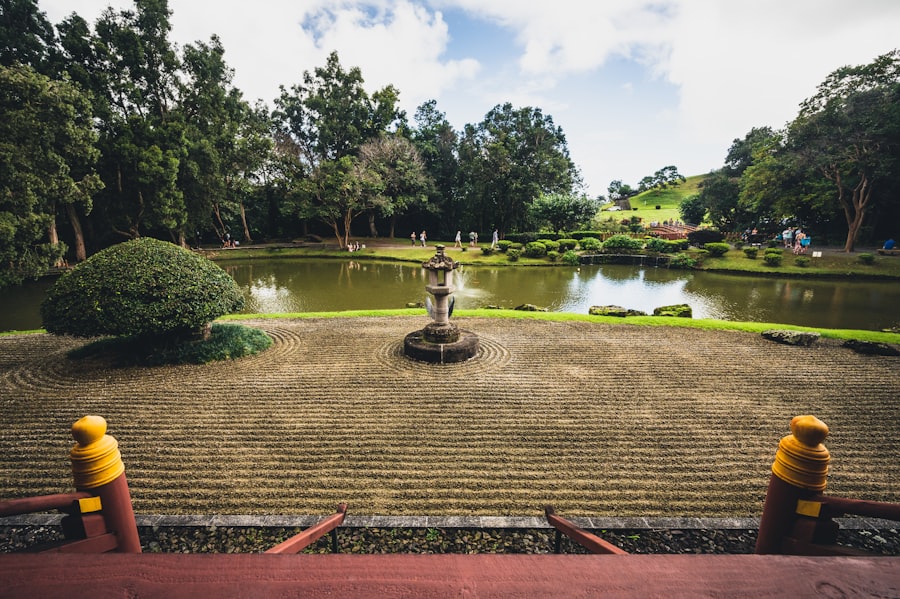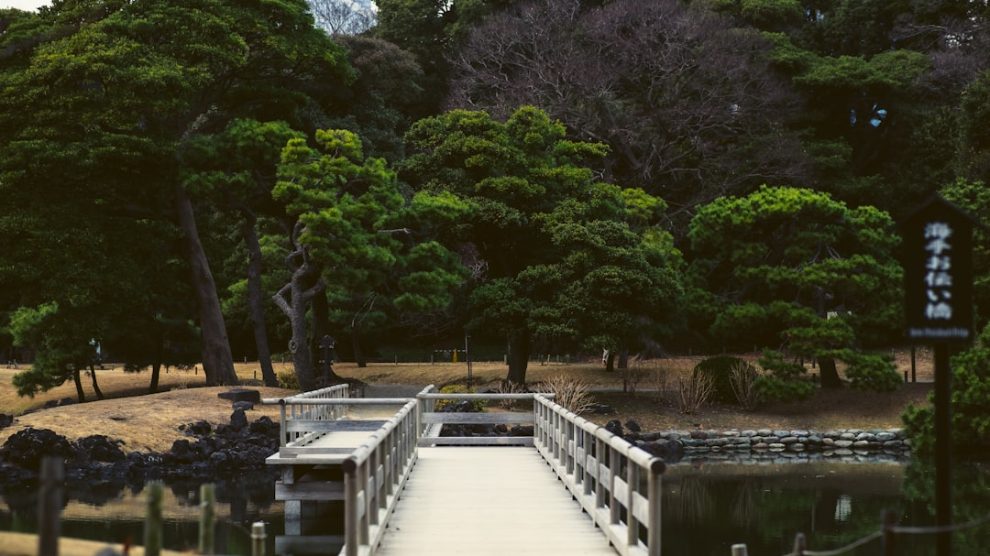Taoism, an ancient Chinese philosophy and spiritual tradition, emphasizes living in harmony with the Tao, or the fundamental nature of the universe. This philosophy encourages individuals to align their lives with the natural rhythms and cycles of existence, promoting a sense of balance and tranquility. In a world that often prioritizes productivity and efficiency, the principles of Taoism offer a refreshing perspective on time management.
Rather than viewing time as a rigid structure to be conquered, Taoism invites us to perceive it as a flowing river, where we can navigate with grace and ease. Time management, in the conventional sense, often revolves around strict schedules, to-do lists, and relentless pursuit of goals. However, integrating Taoist principles into time management can transform this approach into a more fluid and organic process.
By embracing the teachings of Taoism, individuals can cultivate a deeper understanding of their relationship with time, allowing them to work in harmony with their natural inclinations and the world around them. This article explores how the concepts inherent in Taoism can be applied to enhance our time management skills, leading to a more fulfilling and balanced life.
Key Takeaways
- Taoism emphasizes the importance of living in harmony with the natural flow of time and energy.
- The concept of flow in Taoism refers to being fully present and engaged in the current moment.
- Applying Taoist principles to time management involves prioritizing tasks based on their natural rhythm and energy flow.
- Embracing flexibility and adaptability allows for better alignment with the ever-changing nature of time and circumstances.
- Letting go of control and surrendering to the flow enables a more relaxed and efficient approach to time management.
Understanding the Concept of Flow in Taoism
At the heart of Taoist philosophy lies the concept of flow, which refers to the natural movement and rhythm of life. This idea is encapsulated in the notion of “wu wei,” or effortless action. Wu wei does not imply passivity or laziness; rather, it encourages individuals to engage with life in a way that feels spontaneous and aligned with their true nature.
When one is in a state of flow, actions arise naturally without force or struggle, allowing for a more harmonious existence. In practical terms, flow can be understood as the ability to adapt to changing circumstances while remaining focused on one’s goals. For instance, consider a river that carves its path through the landscape.
It encounters obstacles such as rocks and fallen trees but does not resist; instead, it flows around them, continuing on its journey. Similarly, when individuals embrace flow in their time management practices, they become more adept at navigating challenges and uncertainties. This adaptability fosters resilience and creativity, enabling them to respond effectively to life’s demands without becoming overwhelmed.
Applying Taoist Principles to Time Management

Integrating Taoist principles into time management involves recognizing the importance of aligning one’s activities with their natural rhythms and energies. One practical application is the concept of prioritization based on personal values and passions. Instead of adhering strictly to external expectations or societal pressures, individuals can reflect on what truly matters to them.
By identifying core values—such as family, health, or personal growth—people can allocate their time accordingly, ensuring that their daily activities resonate with their authentic selves. Another key principle is the practice of setting intentions rather than rigid goals. In Taoism, intentions are seen as guiding forces that help individuals navigate their paths without imposing undue pressure.
For example, instead of setting a specific target to complete a project by a certain date, one might set an intention to engage deeply with the creative process. This shift allows for greater flexibility and reduces stress, as individuals can adjust their timelines based on their current circumstances while remaining committed to their overarching purpose.
Embracing Flexibility and Adaptability
Flexibility is a cornerstone of both Taoism and effective time management. Life is inherently unpredictable; therefore, cultivating an adaptable mindset is essential for navigating its complexities. In Taoist philosophy, this adaptability is often illustrated through the metaphor of bamboo bending in the wind.
Rather than resisting change or clinging to rigid plans, individuals can learn to bend and sway with life’s currents. Practically speaking, embracing flexibility means being open to adjusting one’s schedule or priorities as circumstances evolve. For instance, if an unexpected opportunity arises—such as a chance to collaborate on a project or spend quality time with loved ones—individuals who practice flexibility can pivot their plans without guilt or anxiety.
This adaptability not only enhances personal well-being but also fosters stronger relationships and connections with others.
Letting Go of Control and Surrendering to the Flow
One of the most profound teachings of Taoism is the importance of letting go of control and surrendering to the flow of life. In contemporary society, many individuals grapple with the desire to micromanage every aspect of their lives, leading to stress and burnout. However, Taoism encourages a different approach: trusting in the natural unfolding of events.
Surrendering to the flow does not mean abandoning responsibility; rather, it involves recognizing that some factors are beyond our control. For example, when faced with unforeseen challenges—such as a sudden illness or a work-related crisis—individuals can benefit from accepting the situation rather than resisting it. By relinquishing the need for control, they create space for new possibilities and solutions to emerge organically.
Balancing Effort and Non-Action

Understanding the Balance
This balance is often referred to as “action through non-action,” where individuals engage in purposeful activity while remaining attuned to the ebb and flow of life.
A Practical Example
For instance, consider a writer facing a creative block. Instead of forcing words onto the page through sheer willpower, they might benefit from taking a break—going for a walk in nature or engaging in a different creative pursuit. This non-action allows the mind to relax and rejuvenate, often leading to breakthroughs when they return to their writing.
Cultivating Sustainable Productivity
By recognizing when to exert effort and when to step back, individuals can cultivate a more sustainable approach to productivity.
Cultivating Mindfulness and Presence in Daily Life
Mindfulness is an essential aspect of both Taoism and effective time management. Being present in each moment allows individuals to fully engage with their experiences rather than becoming lost in distractions or worries about the future. In Taoist practice, mindfulness is cultivated through meditation, breathing exercises, and an appreciation for nature—all of which encourage individuals to connect with their inner selves and the world around them.
Incorporating mindfulness into daily life can significantly enhance time management skills. For example, during work tasks or meetings, individuals can practice being fully present by minimizing distractions such as smartphones or multitasking. This focused attention not only improves productivity but also fosters deeper connections with colleagues and enhances overall satisfaction in one’s work.
Moreover, mindfulness encourages individuals to savor moments of joy and gratitude throughout their day. By taking time to appreciate small victories or simple pleasures—a warm cup of tea or a moment spent with loved ones—people can cultivate a sense of fulfillment that transcends mere productivity metrics.
Embracing the Art of Time Management through Taoist Principles
The integration of Taoist principles into time management offers a transformative approach that prioritizes harmony over hustle. By understanding concepts such as flow, flexibility, surrendering control, balancing effort with non-action, and cultivating mindfulness, individuals can navigate their lives with greater ease and fulfillment. Rather than viewing time as an adversary to be conquered, embracing these teachings allows for a more fluid relationship with time—one that honors both personal aspirations and the natural rhythms of life.
As we move through our daily lives filled with responsibilities and commitments, incorporating these Taoist principles can lead us toward a more balanced existence. By aligning our actions with our true selves and remaining open to life’s unfolding journey, we can cultivate not only effective time management skills but also a deeper sense of peace and contentment in our lives.
FAQs
What is Taoism?
Taoism is a philosophical and spiritual tradition that originated in ancient China. It emphasizes living in harmony with the Tao, which is often translated as “the way” or “the path.”
What is the concept of time management in Taoism?
In Taoism, time management is about flowing with the natural rhythms of life and finding balance and harmony in all activities. It involves being present in the moment and adapting to the ebb and flow of life.
How does Taoism approach time management differently from Western methods?
Taoism emphasizes the importance of being in tune with nature and the natural flow of life, rather than trying to control and manage time in a rigid and structured manner. It encourages flexibility and spontaneity.
What are some practical tips for applying Taoist principles to time management?
Practical tips for applying Taoist principles to time management include prioritizing activities that align with your inner nature, practicing mindfulness and being present in the moment, and letting go of the need for strict schedules and deadlines.
How can Taoist principles benefit individuals in their daily lives?
Taoist principles can benefit individuals by reducing stress and anxiety, promoting a sense of inner peace and harmony, and fostering a deeper connection with oneself and the world around them.









Add Comment